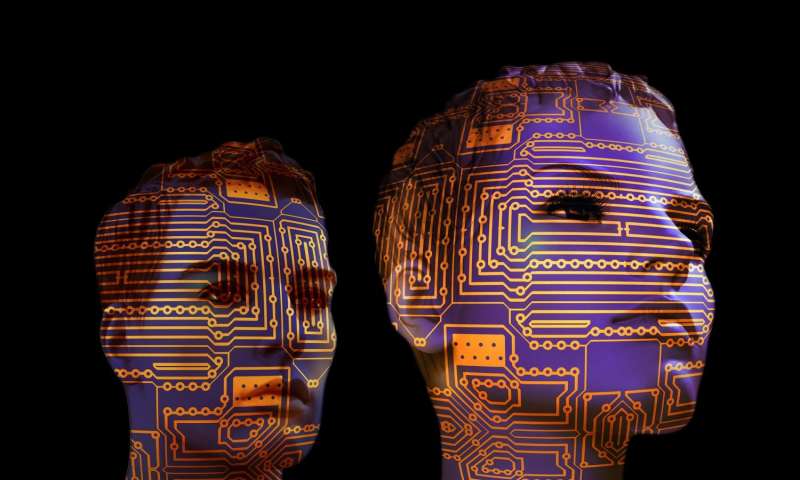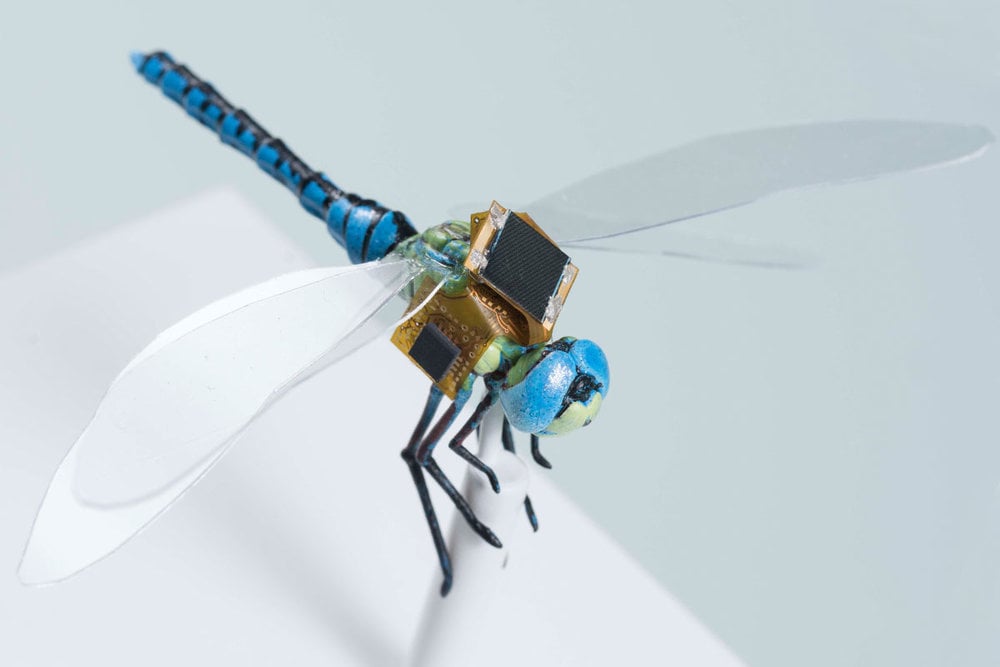Robot police “officer” goes on duty in Dubai
Dubai Police have revealed their first robot officer, giving it the task of patrolling the city’s malls and tourist attractions.
People will be able to use it to report crimes, pay fines and get information by tapping a touchscreen on its chest.
Data collected by the robot will also be shared with the transport and traffic authorities.”







